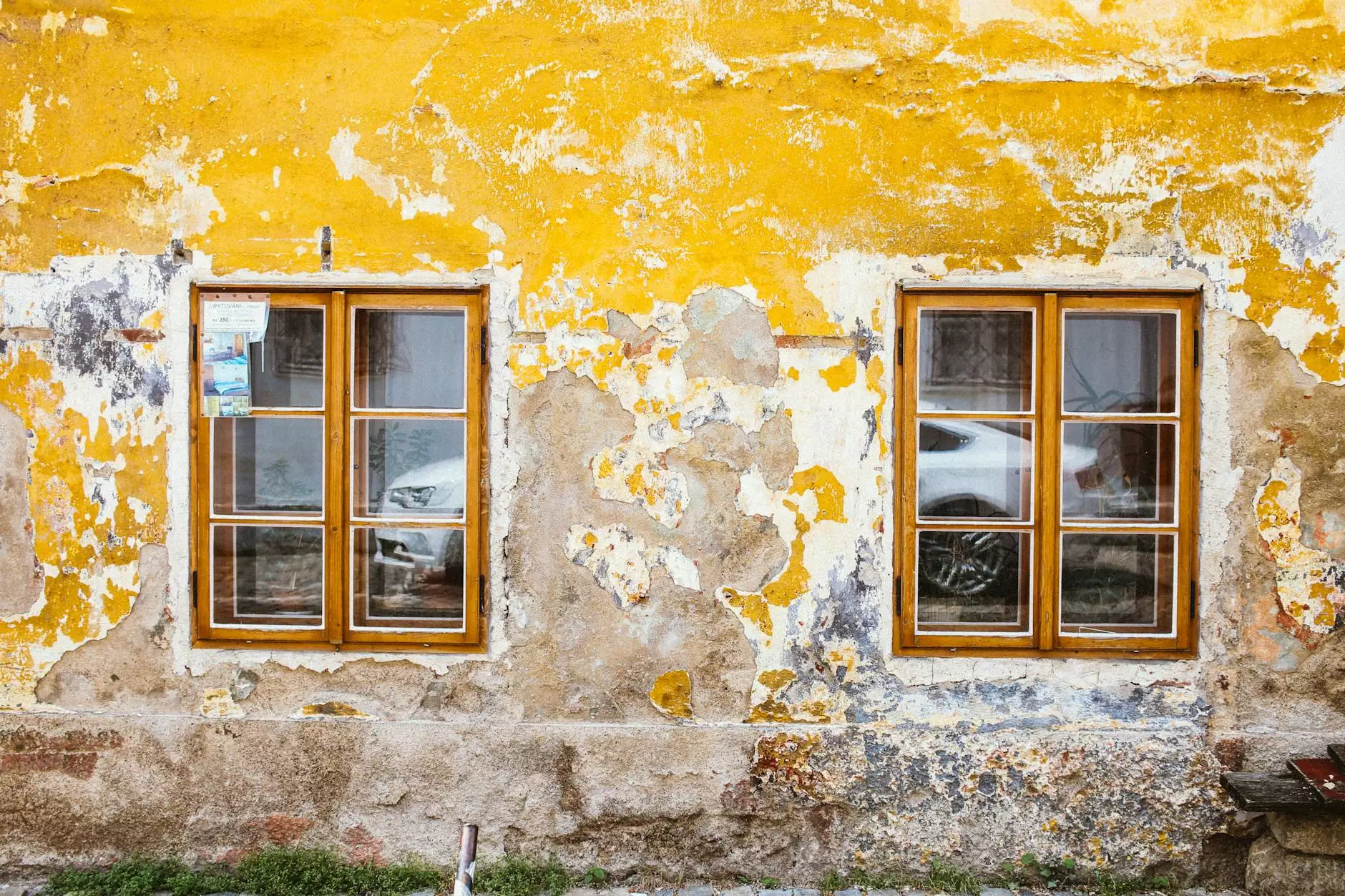Mastering Swimming Pool Plastering: A Comprehensive Guide for Homeowners

Having a stunning swimming pool in your backyard is the dream of many homeowners. However, achieving that alluring look requires proper maintenance, and one of the most crucial aspects of this is swimming pool plastering. In this guide, we will explore everything you need to know about the plastering process, from materials to techniques, ensuring that your pool remains an oasis for relaxation and fun. Whether you’re contemplating a new plaster job or simply want to refresh your existing pool’s look, this article has you covered.
The Importance of Swimming Pool Plastering
Swimming pool plastering plays a vital role in the longevity and aesthetic appeal of your pool. Here are some key reasons why you should prioritize proper plastering:
- Enhances Aesthetics: A fresh coat of plaster can significantly improve the visual appeal of your swimming pool, giving it a clean and inviting look.
- Prevents Leaks: Properly applied plaster helps seal the surface of the pool, minimizing the risk of leaks that can lead to costly repairs.
- Increases Durability: High-quality plaster provides protective features that resist damage from pool chemicals and UV exposure, thus extending the life of your pool.
- Improves Safety: A well-maintained plaster surface reduces the risk of slips and falls, providing a safer swimming environment for your family and guests.
Types of Plaster Used in Swimming Pools
When it comes to choosing the right plaster for your swimming pool, several options are available. Each type offers unique benefits, and understanding these can help you make an informed decision.
1. Traditional Portland Cement
This classic option is a mixture of Portland cement, sand, and water. Traditional plaster is durable and provides a smooth finish, but it can be prone to staining and requires regular upkeep.
2. Pebble Finish
Pebble finishes consist of small stones mixed with cement, creating a textured look that offers excellent durability and slip resistance. This type is ideal for homeowners seeking a natural appearance.
3. Quartz Plaster
Quartz plaster incorporates quartz crystals, providing added strength and resistance to chemicals and environmental factors. This finish is available in various colors, offering customization to your pool design.
4. Glass Bead Plaster
For the ultimate luxury, glass bead plaster produces a shimmering effect and offers exceptional durability. It reflects light beautifully, enhancing the pool’s overall aesthetics.
When to Replaster Your Swimming Pool
Knowing when to replaster your swimming pool is essential. Signs that indicate it’s time for a new layer of plaster include:
- Rough Texture: If the surface feels rough or abrasive, it may be time to replaster.
- Stains and Discoloration: Persistent stains or discoloration that won’t clean off could be a sign of worn-out plaster.
- Cracking or Chipping: Visible cracks or chips in the plaster indicate that the integrity of the surface is compromised.
- Water Leaks: If you notice water loss and can’t pinpoint the source, it could be due to deteriorated plaster.
Steps for Swimming Pool Plastering
If you decide to take on the task of replastering your swimming pool, here’s a detailed step-by-step guide to ensure a successful job.
1. Preparing the Pool Surface
Begin by draining the pool and thoroughly cleaning the surface. Remove all debris, old plaster, and any other contaminants. A pressure washer can be an effective tool for this task.
2. Repairing the Surface
Inspect the surface for any cracks or imperfections. Fill in any gaps with a suitable pool repair material and allow it to cure fully before moving to the next step.
3. Mix the Plaster
Carefully follow the manufacturer’s instructions for mixing your plaster. Ensure that the consistency is smooth and workable. A well-mixed plaster contributes to easier application and better longevity.
4. Application of Plaster
Using a trowel, begin applying the plaster starting from the deep end and working your way to the shallow end. Aim for a uniform thickness of about ¼ to ½ inch. Ensure you smooth out the surface as you work.
5. Curing the Plaster
Once the plaster is applied, it needs time to cure. Follow the recommended curing time for your chosen plaster type. During this period, keep the surface moist by spraying it regularly with water.
6. Filling the Pool
After the plaster has cured adequately, you can fill the pool with water. Be sure to add the necessary pool chemicals to balance the water chemistry as per your local guidelines.
Maintaining Your Plaster Pool
Proper maintenance is crucial to prolong the life of your freshly plastered pool. Here are effective tips to help you maintain a pristine pool surface:
- Regular Cleaning: Sweep and vacuum the pool regularly to prevent dirt and debris accumulation that can stain the plaster.
- Proper Water Chemistry: Keep your pool's pH and chlorine levels balanced to prevent chemical damage to the plaster.
- Avoid Harsh Cleaning Tools: Use soft brushes and gentle cleaning agents to protect the plaster finish from scratches.
- Address Issues Promptly: If you notice any chips, cracks, or stains forming, address them right away to prevent further damage.
Expert Tips for Successful Pool Plastering
For homeowners considering a DIY approach to swimming pool plastering, here are some expert tips to help ensure a successful project:
- Plan Ahead: Schedule your plastering work during dry weather to facilitate optimal curing conditions.
- Invest in Quality Materials: Don’t cut corners on material quality; it pays off in the long run with increased durability.
- Follow Manufacturer’s Instructions: Always adhere to the guidelines provided with your plaster materials for best results.
- Consider Professional Help: If unsure or inexperienced, hiring skilled professionals can yield a higher quality finish.
Conclusion
In conclusion, swimming pool plastering is an essential part of pool ownership that enhances both the beauty and functionality of your swimming oasis. By understanding the materials, processes, and maintenance involved, you can ensure your investment stands the test of time. A well-plastered pool not only boosts your home's aesthetics but also creates a safe and inviting space for family and friends. For further assistance or professional services, consider reaching out to Pool Renovation for expert advice and top-notch pool care.



